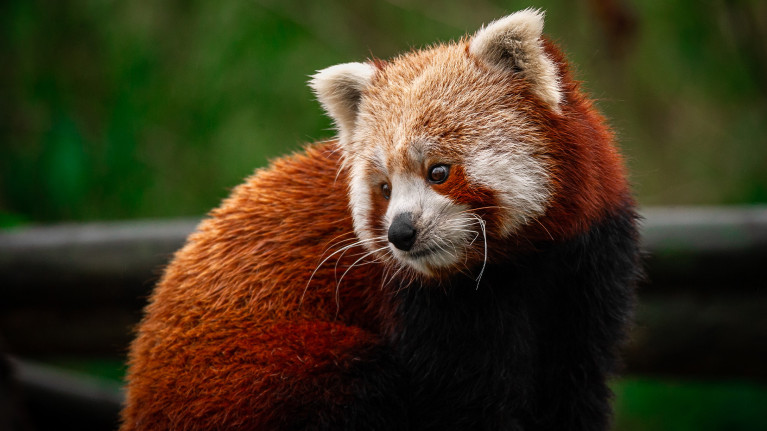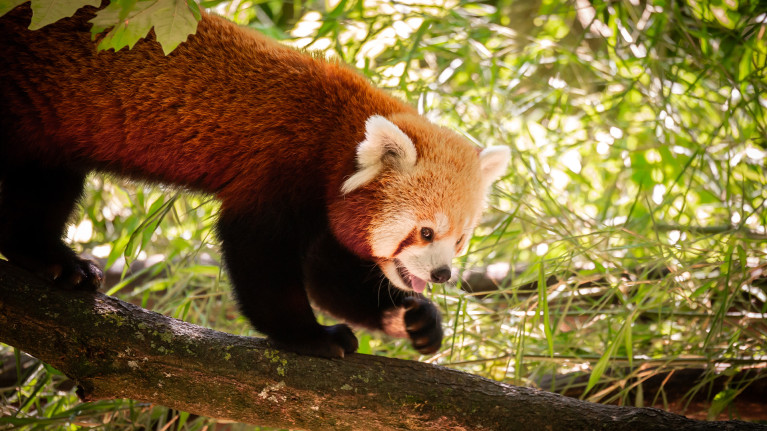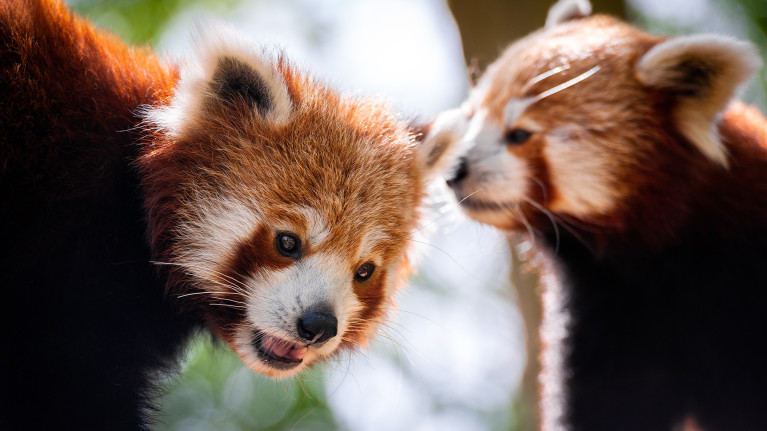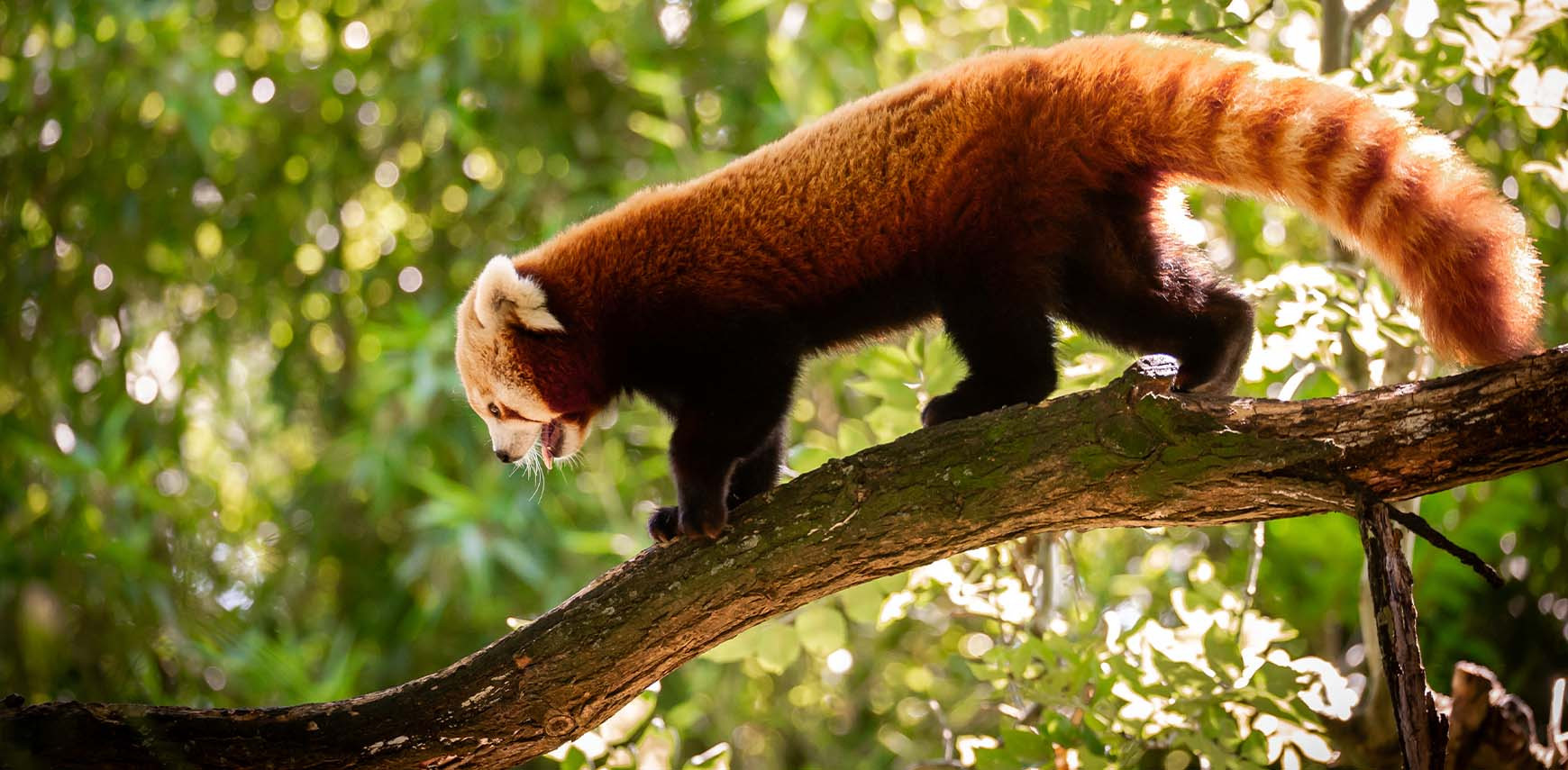Conservation in the Himalayas
ZOO Planckendael works to protect the red panda
A red panda at ZOO Planckendael has given birth to two cubs. That is great news for Europe’s breeding programme and a good opportunity to reflect on the lot of their wild cousins. Because while these births are promising for the survival of the species, the red panda remains under threat in its natural habitat.
These distinctive creatures live in solitude in the mountainous forests of the Himalayas, in areas with dense bamboo undergrowth at elevations between 2,000 and 4,000 meters. Despite the red panda’s appeal to the general public, the wild population has dropped by an estimated 50% over the past twenty years. The IUCN Red List of Threatened Species categorises the red panda as ‘Endangered’.

Nature conservation in Nepal
The primary reasons for this decline in population are habitat loss and fragmentation, poaching and the effects of climate change. How can we be so sure of that? All figures are based on field research, including systematic monitoring for signs of presence, data from camera traps, DNA analysis of droppings and the registration of snaring and human disturbance.
Without effective protection, the red panda faces local extinction in multiple areas. ZOO Planckendael therefore supports the efforts of the Red Panda Network in Nepal. This organisation works to preserve the species through projects that are both scientifically substantiated and embedded locally.

Monitoring and protection in the field
One of the most important programmes is the Forest Guardians Initiative, which trains local community members to guard the forest and do fieldwork. They patrol against poachers, but also record habitats, latrines (places where animals habitually defecate and urinate), signs of plants being eaten and camera images. The data is then collated and analysed in collaboration with scientific partners in Nepal and abroad.
Forest Guardians also provide input on local management plans and help guide reforestation and educational projects in their communities. This combination of expert knowledge of the terrain and data collection means they play a key role in enabling long-term monitoring.
Along with other participants in the EEP, or European Endangered Species Program, ZOO Planckendael has been helping to fund this initiative for nearly ten years now. “Our support has already produced concrete results,” says Sarah Lafaut, Curator Mammals at Antwerp ZOO and ZOO Planckendael. “It paid for the training of 33 Forest Guardians and helped to protect an area of 338 kilometers against poaching and launch multiple restoration projects. Additionally, it funded training on sustainable beekeeping or reforestation.”
Breeding programme part of larger effort
Besides conservation in the wild, a well-coordinated breeding programme also helps preserve the species. The births of two red panda cubs at ZOO Planckendael fit in with the European Ex-situ Programme (EEP). The programme works to guard the genetic diversity of the European zoo population and supports zoos’ educational and scientific roles. The data for this population serves as reference material for fieldwork and as a backup in case of reintroduction projects.
Towards a viable future
While the red panda is under threat worldwide, projects such as the Red Panda Network offer hope for the future. Numbers of snares in forests are decreasing, data on distribution and population dynamics is growing and society’s support for conservation efforts is growing. That data is essential in order to eventually achieve viable population levels in connected, healthy habitats. ZOO Planckendael will continue to work towards this goal.


